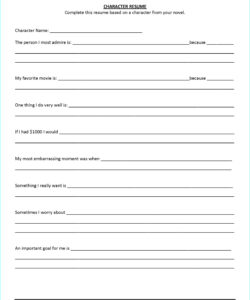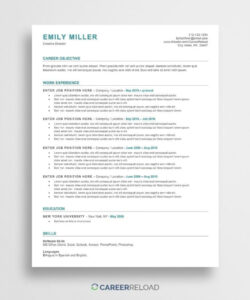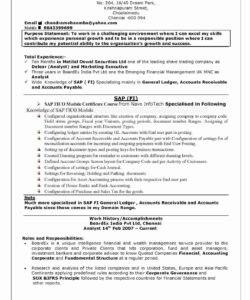Shadowing is a great way to gain experience in a field you’re interested in. It’s an opportunity to observe professionals in action and learn from their expertise. Shadowing can be a valuable addition to your resume, but it’s important to know how to include it effectively. In this article, we’ll discuss how to put shadowing on your resume so that it stands out to potential employers.
First, it’s important to understand what shadowing is and why it’s valuable. Shadowing involves observing a professional in your field of interest as they perform their job. This can be done in person or virtually. Shadowing allows you to see firsthand what the job entails and what skills are required. It’s a great way to gain insight into a career path and determine if it’s the right fit for you.
How to Include Shadowing on Your Resume
When including shadowing on your resume, it’s important to highlight the skills and knowledge you gained from the experience. Here are some tips for effectively including shadowing on your resume:
1. Use a separate section
Consider creating a separate section on your resume specifically for shadowing experience. This will make it easier for potential employers to find and understand your experience. You can title this section “Shadowing Experience” or “Observation Experience.”
2. Include relevant details
When listing your shadowing experience, be sure to include relevant details such as the name of the professional you shadowed, their job title, and the dates of your shadowing experience. You should also include a brief description of what you observed and what you learned from the experience.
3. Highlight transferable skills
Shadowing can provide you with valuable transferable skills such as communication, teamwork, and problem-solving. Be sure to highlight these skills on your resume and explain how they can be applied to the job you’re applying for.
Shadowing vs. Internships
It’s important to note that shadowing is different from an internship. While shadowing involves observing a professional, internships involve hands-on experience in a job or field. If you’ve completed an internship, be sure to include it on your resume as well.
Conclusion
Shadowing can be a valuable addition to your resume if included effectively. By following the tips outlined in this article, you can effectively highlight your shadowing experience and stand out to potential employers.
FAQs
Q: How do I find shadowing opportunities?
A: There are several ways to find shadowing opportunities. You can start by reaching out to professionals in your field of interest and asking if they would be willing to let you shadow them. You can also check with your school’s career center or local professional organizations for shadowing opportunities.
Q: How long should I shadow someone?
A: The length of time you should shadow someone depends on the opportunity and your goals. Some shadowing experiences may only last a few hours, while others may last several weeks. It’s important to discuss the length of time with the professional you’ll be shadowing to ensure that it’s a good fit for both of you.
Q: Can I include shadowing experience on my LinkedIn profile?
A: Yes, you can include shadowing experience on your LinkedIn profile. Be sure to follow the same tips outlined in this article for effectively highlighting your experience.


